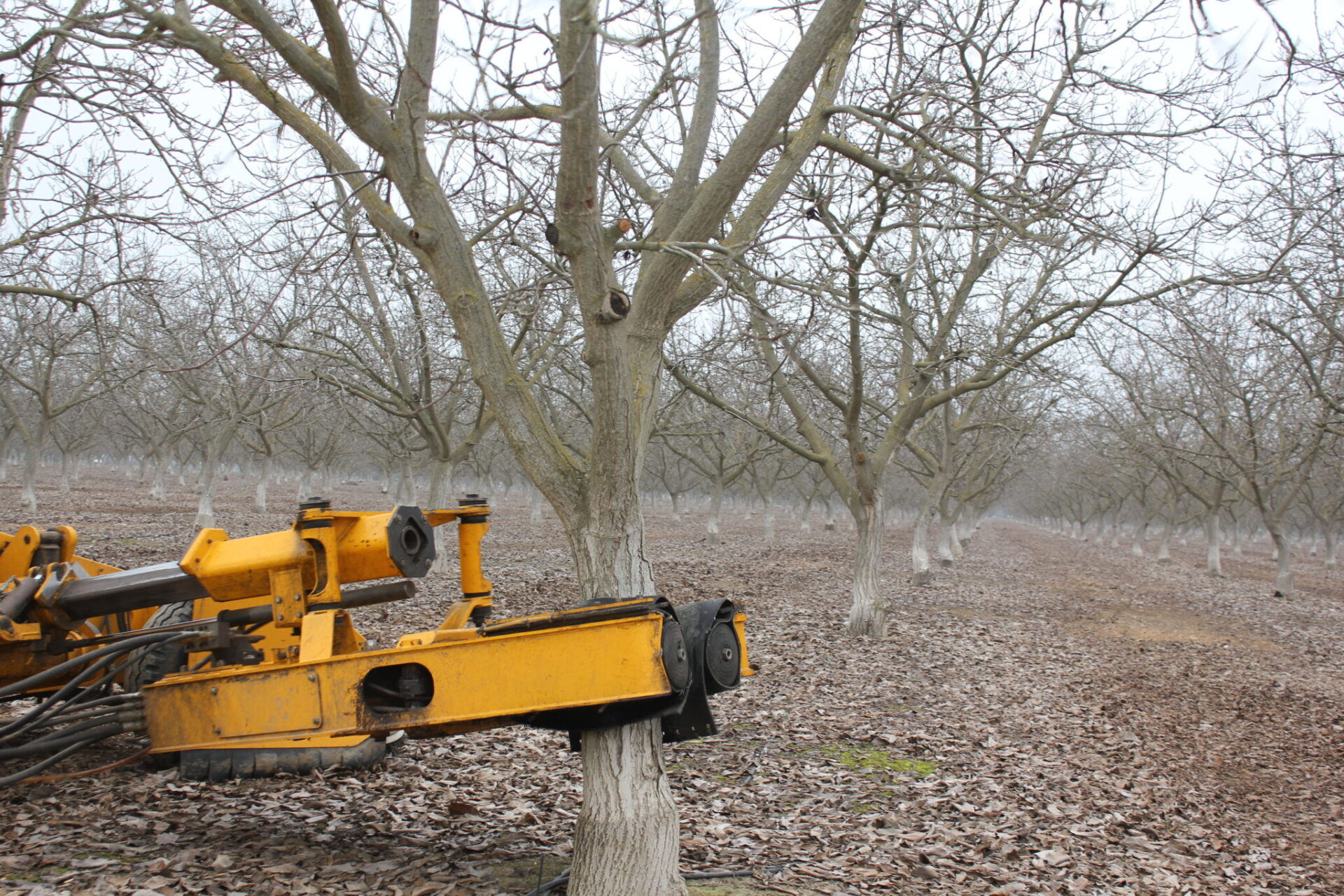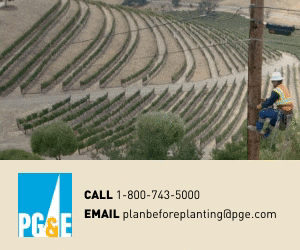
Knowing the level of pest and disease pressure in a walnut orchard going into the winter can help integrated pest management decisions be economically sound.
Emily Symmes, technical field manager with Suterra and former area UCCE integrated pest management advisor, said dormant sampling and scouting in the orchard are critical practices that will help a grower see where control is needed and where a management tactic can be skipped.
Harvest samples can show common sources of kernel, shell and hull damage caused by insects, diseases and environmental or physiological issues. With this information, a grower or manager can determine the effectiveness of their management program including timing and materials.
Insect damage commonly found in walnut harvest samples include navel orangeworm codling moth and walnut husk fly. Damage caused by sunburn, oilless nuts, water or nutrient stresses or disease may also be discovered in harvest samples.
An increasingly important place to start, Symmes said, is with NOW damage evaluation. Navel orangeworm populations are on the rise statewide and if samples show evidence of damage, good orchard sanitation is a practice that should be considered. Mummy shaking is not as common in walnuts statewide because walnut mummies are heavier than almonds and pistachios, and tend to drop more readily on their own during the winter. However, if there are a significant number of mummies remaining in walnuts by late winter, and NOW is a problem in the orchard, it may be advisable to shake them to the ground. Blowing and shredding walnut mummies and orchard debris at some point after harvest prior to late winter should be done to help reduce resident NOW pressure.
Weed control, especially in younger orchards, is another post harvest chore that should not be ignored. Allowing weeds to grow and set seed means there will be more weed encroachment.
“Don’t skip or there will be more next year,” Symmes said.
Post harvest weed scouting can help growers evaluate their orchard floor management plan and see what weeds their plan failed to control. Identifying weeds is important for effective management as different weed species need different management tools.
Checking tree rows to evaluate effectiveness of the previous herbicide applications, checking ground cover in the row middles for any perennial seedlings and checking orchard borders and row ends for new species are practices that can help with post harvest herbicide application decisions.
Decisions on orchard pruning are a balance between orchard health and labor costs. When prices are lean, Symmes said, it is important to protect yield and quality and overall investment in the long- term health of an orchard.
If there are health concerns due to diseases, pruning can also help lower the level of inoculum present in the orchard. Pruning should be timed to avoid rain events. Research has shown that winter pruning can result in higher Botryosphaeria infections compared to fall pruning in dry weather.

















